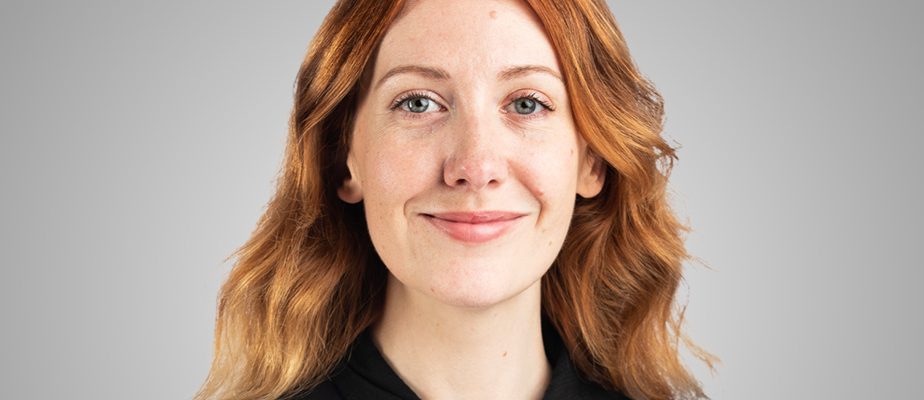In December 2021, Icelandic artist Ragnar Kjartansson is in Moscow. He is working on the final details of the opening exhibition at GES-2, a huge museum founded by a Russian oligarch. Three months later, Russia invaded Ukraine. Man must make a choice.
This is the story told in the documentary Soviet Barbara, the Story of Ragnar Kjartansson in Moscow, by Gaukur Ùlfarsson. The film was screened at the Cinémathèque québécoise last March, as part of the exhibition Velvet terrorism: the Russia of Pussy Riotpresented at the Montreal Museum of Contemporary Art (MAC).
The MAC organized several activities alongside the expo, including the broadcast of the documentary Navalny and writing letters for Ukrainian prisoners. That evening, John Zeppettelli (general director of the museum) sharply criticized the Russian regime by putting the work we were about to see into context. I was happy to live in a world where art and its protectors can be openly demanding.
I was even more so when I then saw Ragnar Kjartansson being banned from broadcasting an erotic scene and from using the word “god” in the Moscow museum… But the artist is recognized for his sense of humor and creativity. Far from taking offense at these injunctions, he poses a canvas showing in a vaguely abstract way two men loving each other closely and films an installation which mocks the curators of the institution. It remains that he complies with their requests. Worse still: Kjartansson agrees to be the first exhibit in the museum of an oligarch loyal to a totalitarian Russia which imprisons its artists (among others).
Journalists blame him for it. Isn’t he doing too little? Is he not endorsing a brutal regime? But Ragnar Kjartansson has difficulty seeing how this choice is worse than that of being exhibited at the Metropolitan Museum of Art in New York, financed by the Koch families (with libertarian and polluting initiatives) and Sackler (accused of having encouraged the opioid crisis in the United States). For Kjartansson, the artist is always a pawn, but a pawn with a certain freedom.
He also took advantage of his exhibition to recreate each scene from the American soap opera Santa Barbara, whose broadcast in Russia began a few days after the fall of the Soviet empire. The series quickly became a symbol of a better life for the Russian nation. Kjartansson believes that she embodied the end of a regime at the time. Replaying it today would send, according to him, the same message.
Irony of fate? A third of the cast of his version of the soap opera is of Ukrainian origin.
When Putin invades Ukraine in February 2022, Ragnar Kjartansson packs up his works. Its soft resistance becomes firmer. Behind the scenes, he helps Maria Alyokhina, a member of Pussy Riot imprisoned for two years by the Kremlin, to find refuge in Iceland. His own country. The one where Mikhail Gorbachev and Ronald Reagan signed the end of the Cold War. While he is criticized – perhaps rightly – for not speaking loudly enough, he acts.
And in my seat, sitting comfortably observing these ethical dilemmas, I recognized us. We are not multidisciplinary artists of international stature, but we often have to answer too.
I thought of the columnist Vanessa Destiné, who regularly denounces, informs and is outraged. Whether it is about the war in Ukraine, the Israeli-Palestinian conflict or these many dramas to which we pay less attention. However, online, activists criticize her for being too passive. Vanessa Destiné does not hesitate to publicly relay their messages, indicating that she can say and keep silent what she wants. Recently, she has even started to demand “the right to be carefree” and “the right to tranquility”.
Just because someone doesn’t say anything doesn’t mean they don’t do anything. That he is less affected than others. That he must succumb to popular pressure which makes us believe that we have a responsibility to speak.
In his recent essay The choice to remain silent : To counter the incessant noise of the opinion machineStéphane Garneau names the injunction to communicate : “As if we felt obliged to participate in the public conversation at the risk of disappearing. » Yet silence has great value. As the journalist writes, it “allows us to hear and promotes understanding the meaning of things; both big and small issues.”
Obviously, taking a stand has value! It is not by remaining passive that we change anything. There are numerous examples proving that common indignation can shake the pillars of the temple. But should we all keep posting Facebook statuses?
In Social Media, Immediacy and the Time for Democracy, Veronica Barassi points out that activists experience different pitfalls in the digital world. First, they must adapt to the frenetic pace at which information is poured out and produce ever more content. Paradoxically, the more content that is created, the more likely their content will go under the radar. Then, the more time they spend online, the less time they have to develop their strategies and contextualize their demands. Finally, what we give to the virtual, we take away from the field. We come together less, whereas it is when we come together that our strength is deployed.
Obviously, social networks are an important vector of awareness and they can encourage gatherings. But we can choose to be “carefree” by considering that the web is not the best place for us today. Or never.
We can assume being a pawn with a little freedom.
Our commitment will never be big enough for some people. It will always be too much for others. In the dizziness of this era which has something to revolt us for a thousand and one reasons, it is sometimes good to ask ourselves whether we have something to say or not.
Or, better yet, something to do.
